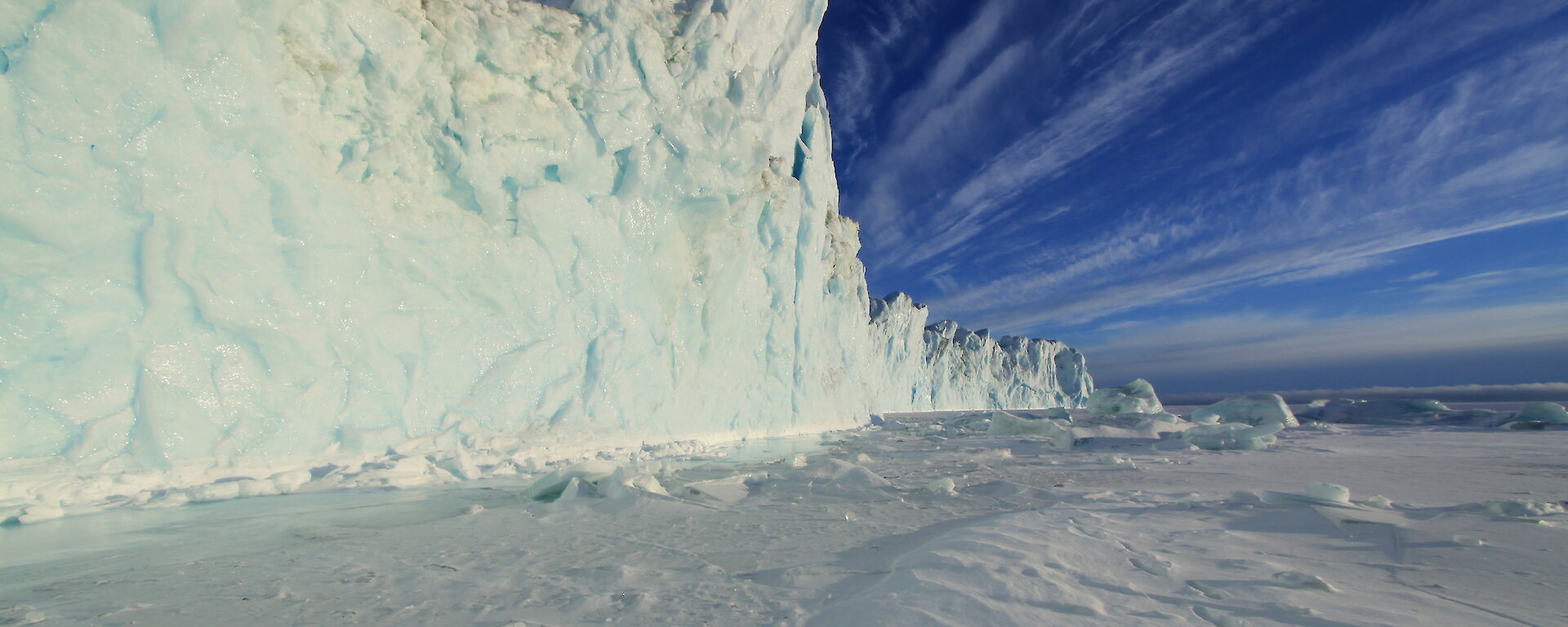Australian Antarctic Division Senior Environmental Policy Officer Ewan McIvor
Since the Treaty was signed in 1959 there was increasing recognition amongst the parties of the need to establish measures to protect the Antarctic environment. They all came to a head in 1991 when the Antarctic Treaty parties signed the Madrid protocol and that’s really the fundamental international frame-work for protecting the Antarctic environment.
It designates Antarctica as a natural reserve devoted to peace and science. It bans mining importantly it basically requires that care for the environment is a fundamental consideration in all activities that are planned and conducted in Antarctica.
The Committee for Environment Protection or the CEP was established by the Madrid protocol. So the CEP is the main environmental advisory body under the Antarctic Treaty. It develops and provides advice to the Antarctic Treaty Consultative Meeting (ATCM) and Antarctic Treaty parties on how to achieve those environmental objectives.
The CEP is comprised of representatives from each of the 35 countries that are a party to the protocol and it also includes expert advisers from various other international organisations with environmental, scientific and technical expertise.
So there’s a number of checks and balances that assist — a process to exchange information annually, that’s made publicly available, on how countries are meeting their obligations under the Madrid protocol. And then there is also a system of conducting inspections under the Treaty and the Madrid Protocol. So generally countries operating in Antarctica have a good understanding of what other countries are doing including their environmental practices.
Australian Antarctic Division Program Leader Dr Martin Riddle
The research that we do is to support Australia’s efforts to protect the Antarctic environment and to feed into the Antarctic treaty system’s Committee for Environmental Protection.
Our key priorities are to establish an observing system for identifying change in the Antarctic environment and the ecosystems and to attribute that change, to separate change that might be natural variability from that caused by the presence of people in the Antarctic, from that change that might be a consequence of global processes such as climate change or ocean acidification.
Second priority is to provide the scientific foundation for a truly representative, adequate and comprehensive system of protected areas for the Antarctic under the environmental protocol.
To provide the scientific foundation requires understanding what values we are trying to protect these include biodiversity, the special geology, special land formations, even the aesthetic and wilderness values of the Antarctic.
Our third priority is to prevent, mitigate and remediate impacts caused by people there. Particular priorities for us are the risk of introduced non-native species and remediating contaminated sites. We’ve been undertaking research to develop in-situ remediation technologies.
The Antarctic Treaty Meeting has a very important role in sharing information. Different parties develop expertise in different areas of science and technology for protecting the Antarctic environment. So if one party has developed some technique that works we share that, we don’t repeat the research to ensure that all parties and particular the environment gets the benefit of that research.


